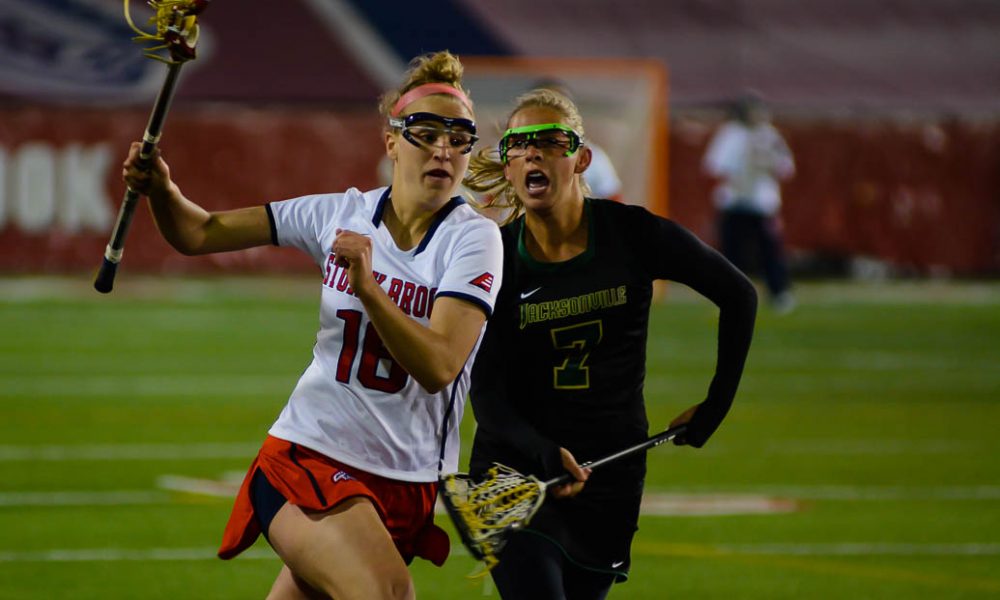Students and professors settled in their seats at the Tabler Black Box Theater as the sound of an upbeat jazz song by Duke Ellington filled the room. In celebration of Women’s History Month, women in STEM fields spoke about forgotten women scientists and discussed issues they faced at “Forgotten Women in Science: Remembering the Past, Looking Toward the Future,” co-sponsored by RHA and Toscanini Hall Council.
The speakers represented different STEM fields including astronomy, biomedical engineering, software engineering, computer science, chemistry and physics.
The event began with a few speakers talking about forgotten women in the history of science. Scientists like Mary Everest, presented by Dr. Moira Chas, Associate Professor in the Mathematics Department of Stony Brook University, to Henrietta Swan Leavitt, presented by Dr. Glenda DeNicolo, Assistant Professor of Physical Sciences at Suffolk County Community College, were discussed. It wasn’t until later that the speakers began to discuss issues they faced as women in STEM fields.
“When I got into UC Berkeley for my PhD, another undergraduate who graduated from UC Berkeley told me that I got in there because of Affirmative Action,” Dr. Heidi Newberg, Professor of Physics, Applied Physics, and Astronomy at the Rensselaer Polytechnic Institute, said.
She described her experience as a woman where she continues to receive microaggressions. “They tend to hit you more because you’re the minority, you’re already different,” Newberg said.
Similarly, Dr. Elizabeth Boon, Associate Professor in the Department of Chemistry at Stony Brook University, would sometimes be addressed as “Mrs.” or “Miss” and even sometimes as “Elizabeth” by her peers, while her husband was always addressed as “Professor” and “Dr.”
Dr. Ete Chan experienced something a bit different. Whenever she went out for happy hour with colleagues, they told Dr. Chan that when they viewed her as a “sexy scientist in a lab coat.” She jokes about having no body and how she is a hardcore scientist, but brings the issue of when people think of “nerdy” girls they think about “sexy girl.” When Dr. Chan finished her story, Dr. Newburg let out a hearty laugh. She blurted out, “But you are sexy!”
With these different experiences in mind, the panel discussion created a dialogue where speakers talked about why it was important to notice women in science.
“With more diversity, you get a whole lot more creativity going on,” Dr. Gillian Winters, an adjunct professor at Stony Brook University, said. “If you get diversity in that group, you get a lot better at problem solving”
Along with finding ways to progress in STEM fields with better problem solving, there arise bigger opportunities to create company policies like paid/maternal leave.
Boon discovered that Stony Brook University does not have a formal maternal policy and that there is no mechanism for faculty to stop their tenure clock. “In order to stop your tenure clock for a year, you have to take like a $5,000 pay cut. You can do it, but you have to ask for it,” Dr. Boon said. Unlike faculty at universities where the policy is automatic, she had to ask for it.
Being a woman in science is more than just being recognized, it is to “do what you love, work very hard at it, and don’t worry about what people think” Newburg said.
Dr. Helio Tekai, a physicist at the Brookhaven National Laboratory, addressed opening remarks at the event and had his own advice for women in science. “The solution is not to motivate women in science,” he said, “but to convince the men that women are in science.”




Comments are closed.